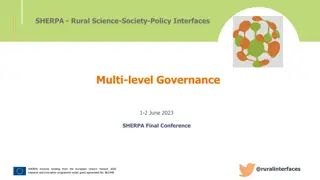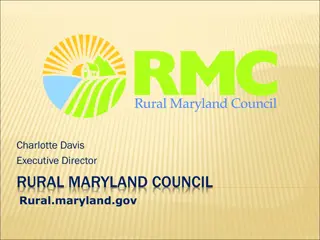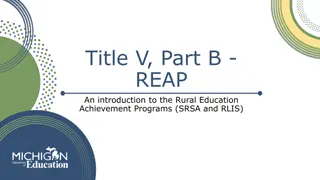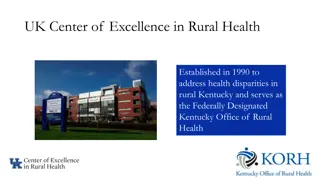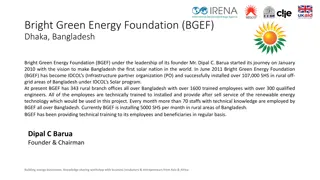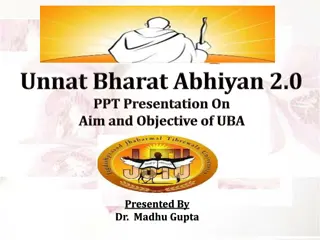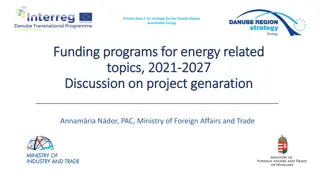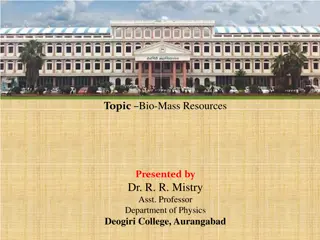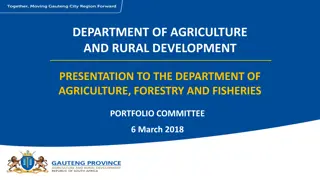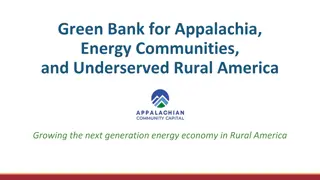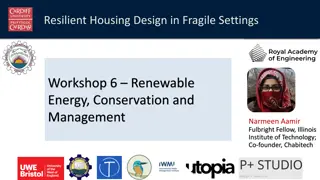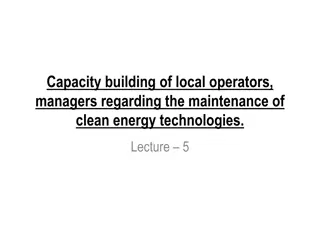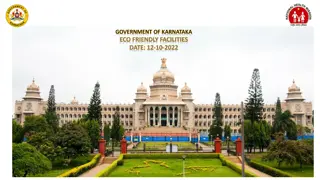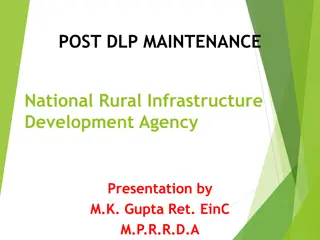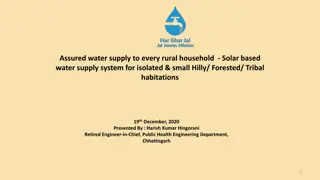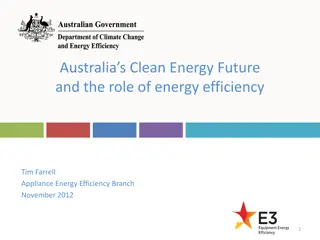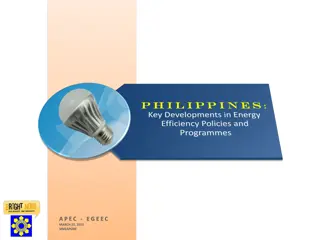Energy-Efficient Chullah: A Sustainable Solution for Rural Cooking
Shyamal Jana, Secretary of Alinan Ramkrishna Vivekananda Yuva Sangha, developed an improved chullah model in 2000-01 called SANTI SEBA. This energy-efficient chullah aims to conserve fuel wood, reduce smoke emissions, combat deforestation, improve health, save costs, and provide employment opportunities. With over 20,000 installations in West Bengal, the chullah has resulted in significant fuel savings and environmental benefits. The initiative has also garnered recognition from international organizations and the government, showcasing its effectiveness in addressing key socio-environmental challenges.
Download Presentation

Please find below an Image/Link to download the presentation.
The content on the website is provided AS IS for your information and personal use only. It may not be sold, licensed, or shared on other websites without obtaining consent from the author. Download presentation by click this link. If you encounter any issues during the download, it is possible that the publisher has removed the file from their server.
E N D
Presentation Transcript
Case of Energy Efficient Chullah Shyamal Jana Secretary Alinan Ramkrishna Vivekananda Yuva Sangha 1
About the Chullah An improved and durable model named SANTI SEBA in the year 2000-01 made by brick, sand, cement with a special mortar of clay, lime, sand and cow dung. Its efficiency was certified by the Regional Research laboratory, Govt. of India, and School of Energy Study, Jadavpur University Started it s installation in the rural area and in the year 2001. A team from World Bank came to study it and highly appreciated our effort Till now we have installed at least 20,000 such chulha in several district in West Bengal and we want to start the research and training in a wider range. In the year 2004 our organization participated in an International Cook Stove Development Camp at Jhanshi in M.P. on behalf of Government of West Bengal. There we were able to prove our model a best one out of the participant. 2
Objectives Behind Developing the Chullah The following important objectives continuously encouraging us to take the initiative further : Conservation of fuel wood and other biomass, Reducing smoke emission from cooking activities and hence benefit the women and girl children, Check on deforestation and environmental degradation, Reduction of health hazards and cooking time, Provide employment opportunities to rural poor people. 3
How much do we save ? From our study we have measured the fuel can be saved upto 40% in ideal condition and at the same time the cooking time also reduced in the same ratio We have made a study for Purba Medinipur District as follows: As per latest census the number of family in this district is 12,00,000 (approx) Considering till now 75% family are using cooking chulha in their family and that is 9,00,000 and out of these 60% families are using fire wood and other are using biomass, coal etc. So fire wood user family is 5,40,000. The average requirement of fire wood in a family (consisting 6 members/family) is 12.5 K.G / day, So the saving would be 5 K.G / day, and 150 K.G / month and 1825 K.G/ year whose present cost is Rs. 7,300. So a family can save this amount only by using Improved Chulha ( Santi Seva). Now the picture of this district is Rs.7,300.00X5,40,000 = Rs.39,42,00,000.00. So what will be the picture of the Nation ? Accordingly at least 25,00,00 trees can be saved in this way. 4


